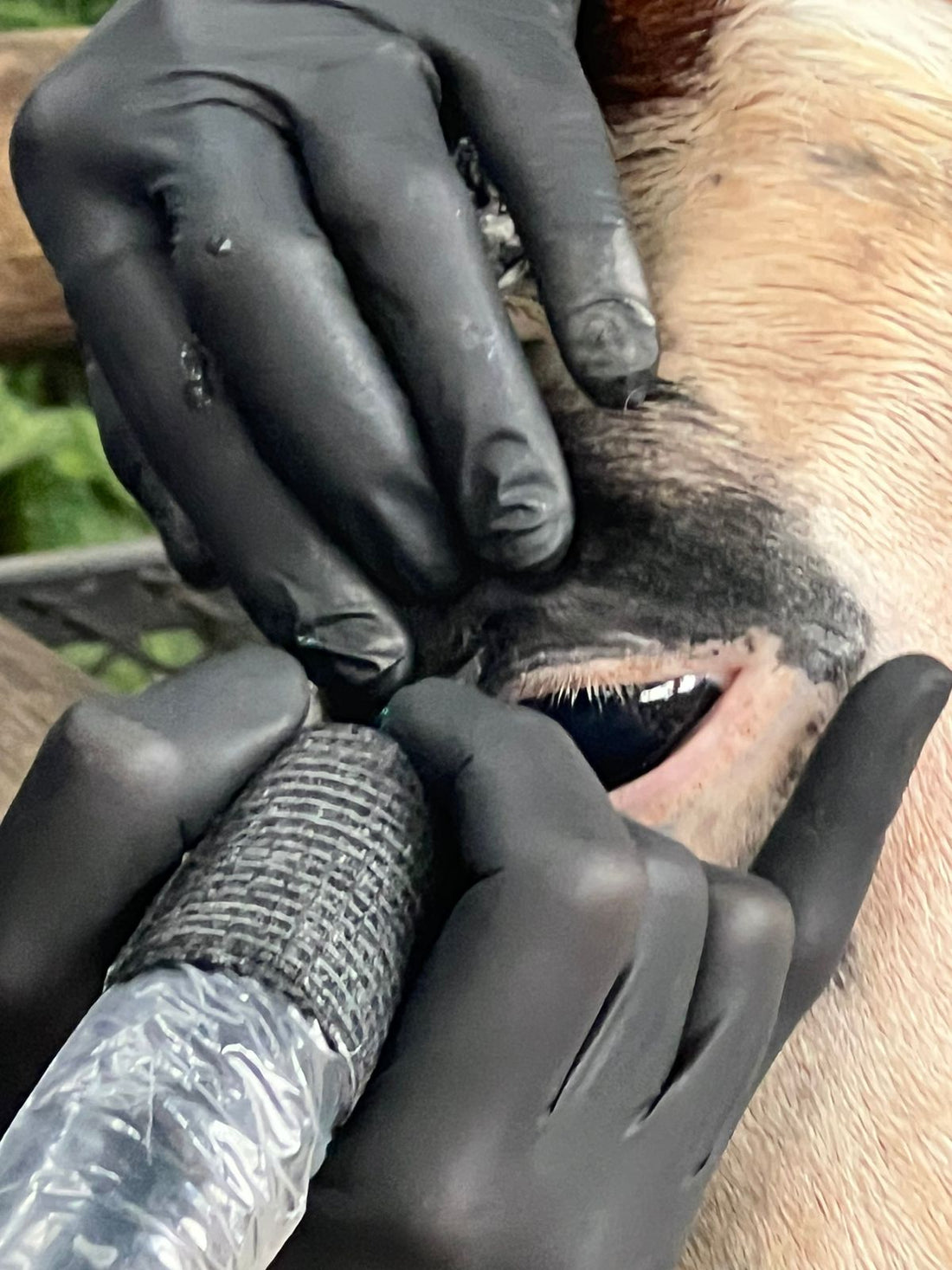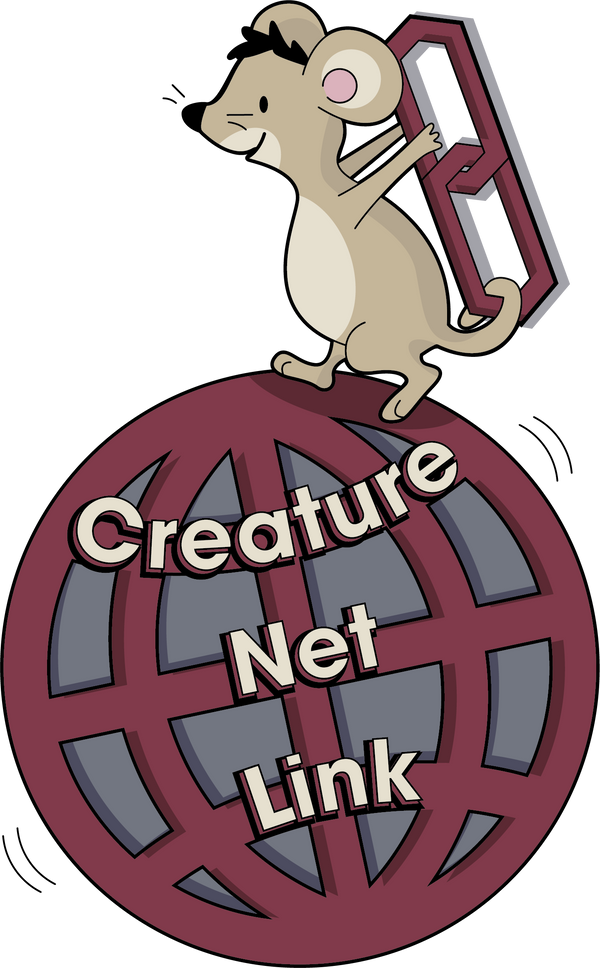
Tattoos for animals - cosmetics or life saving procedure? A real option for squamous cell carcinoma prevention.
Share
Tattooing of animal mucous membranes is a common and relatively simple procedure that has the potential to save lives. Decoration has nothing to do with it, reducing sun damage is the name of the game. Certain breeds of dogs and cattle use tattooing as a form of identification. The advantages are that it is permanent and readily visible but for the purpose of this script we will focus on the medical benefits of the practice.
Squamous cell carcinoma (SCC) is a malignant tumour that arises from squamous epithelial cells, which are the flat, scale-like cells found in the skin, mucous membranes, and lining of various body cavities. It is one of the most common skin cancers in animals, especially in areas with light pigmentation or little hair.
Species Affected: Dogs, cats, horses, cattle, sheep, and sometimes exotic animals.
Common Locations:
- Dogs: Skin, oral cavity, nail bed, nasal planum, eyelids
- Cats: Nose, eyelids, ears (especially white or light-coloured cats exposed to the sun), oral cavity (especially under the tongue).
- Horses: Penis, vulva, eyes, eyelids, oral cavity, skin.
- Cattle & Sheep: Eyelids and conjunctiva (ocular SCC, "cancer eye"), common in breeds with light pigmentation around the eyes.
Causes & Risk Factors:
- Chronic UV Light Exposure: Major cause, especially in lightly pigmented animals. More common in warmer climates
- Chronic Irritation or Inflammation: Can predispose to SCC, especially in mucocutaneous areas. Chronic fly irritation can be a contributing factor.
- Papillomavirus: Has been associated with SCC in some species.
- Genetics: Animals with white or lightly pigmented skin are more at risk.
Clinical Signs:
- Non-healing sores or ulcers.
- Bleeding lesions.
- Wart-like growths.
- Oral SCC: Bad breath, drooling, difficulty eating.
- Ocular SCC: Red, swollen, ulcerated masses on the eye or eyelids.
- Nail bed SCC (dogs): Lameness, swelling, and nail loss.
Diagnosis:
- Biopsy: Gold standard.
- Fine-needle aspiration (may be inconclusive in SCC).
- Imaging (X-rays, CT, MRI) for staging and metastasis check.
- Blood tests to assess general health.
Treatment:
- Surgical Removal: Most effective if caught early with wide margins.
- Cryotherapy: Useful for small, superficial lesions.
- Radiation Therapy: Especially for oral or nasal SCC.
- Chemotherapy: Limited success, but sometimes used in combination.
- Chemotherapy beads implanted into tumours.
- Photodynamic Therapy: Experimental in some veterinary practices.
- Palliative Care: If cancer is too advanced for curative treatment.
Prognosis:
- Skin Lesions: Often good if caught early and completely excised.
- Oral/Nasal SCC: Guarded to poor due to aggressive local invasion and difficulty achieving clean margins.
- Ocular SCC in cattle: Can be managed surgically, but early detection is key.
Prevention:
- Limiting sun exposure in high-risk animals. This can be achieved in the form of UV protective fly masks for horses and/or limiting exposure during the warmest hours of the day.
- Use of pet-safe sunscreens on vulnerable areas.
- Early veterinary check-ups for any suspicious lesions.
- Tattoo
Tattooing animals may be viewed in a critical light, however if the above is taken into consideration, there is a sound medical purpose. We had the privilege of involving a human tattoo artist that was willing to help. She did the necessary research into what type of ink (not all ink is the same quality and offers beneficial coverage) would yield the best results, safely. We, as a veterinary practice supplied the appropriate anaesthesia, sedation and nerve blocks.
The first two patients were 2 Dogo Argentinos, one being my own dog, that were born with little pigmentation covering their eyelids. These dogs spend may hours exposed to the harsh African sun due to their lifestyle and were at serious risk of contracting SCC later in life. The second patient was a horse with a similar problem. Dogs and horse were free of any sign of cancer at the time of procedure but showed definite signs of conjunctival and skin irritation following sun exposure in the form of reddening and scabbing.

The procedure was quick and clean and to my astonishment, the days following were totally unremarkable. No one was uncomfortable or showed any irritation. Owners were armed with anti-inflammatories, pain meds and cones (were appropriate) but none of that was necessary.

The final results are phenomenal and the peace of mind it offers is unmeasurable.

The practice offers protection from any skin cancers that are exacerbated by UV radiation., not just SCC.
Ink your animals.....it's worth it :)
